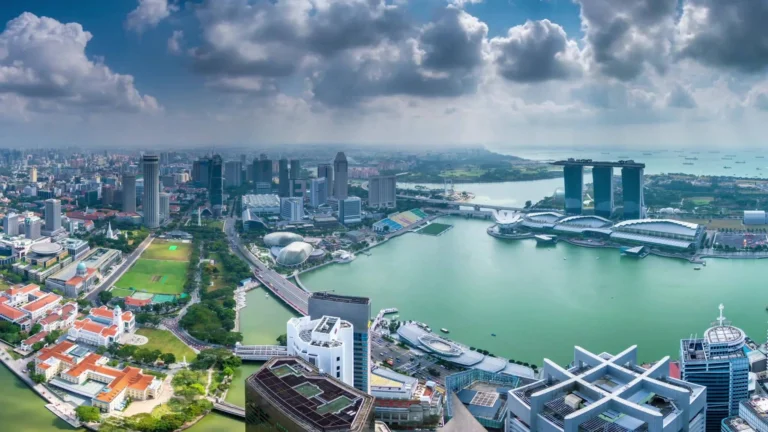When discussing the global population, most people immediately think of China and India with their billions of inhabitants. However, these demographic giants surprisingly don’t top the charts for population density!
Much like how a packed elevator holds fewer people than a football stadium but feels infinitely more cramped, the world’s most densely populated nations are often the smallest territories that have somehow managed to squeeze extraordinary numbers of people into remarkably tiny spaces.
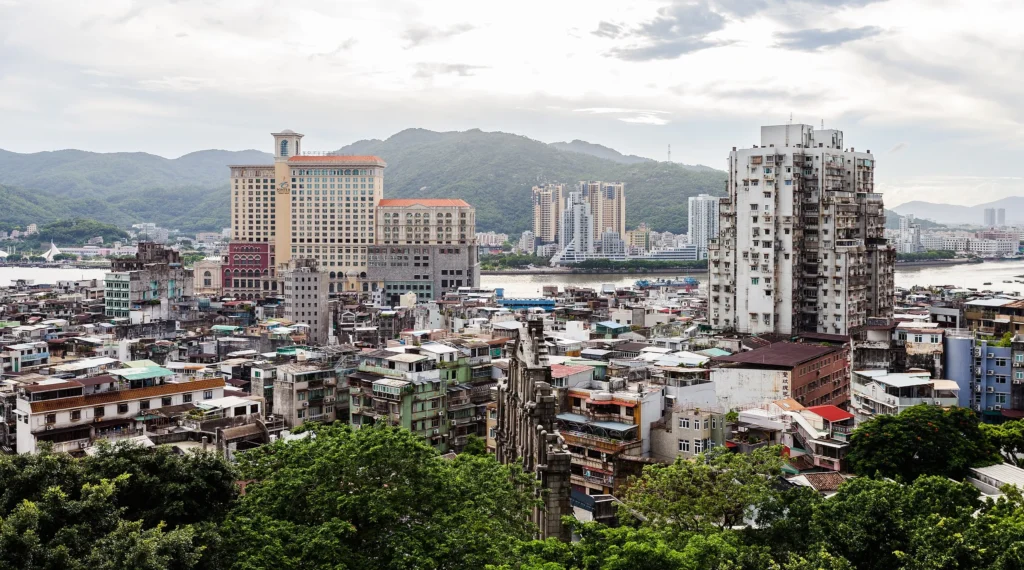
Most Densely Populated Countries in 2025
Population density is a measure of how many people live within a specific area, typically expressed as the number of people per square kilometre or square mile.
It’s a way to understand how crowded a country is and can be used to compare populations across different countries.
Population density is calculated by dividing the total population of a country by the size of that country (e.g., number of people / square kilometre).
1. Macau (Density: 21,946 people per km²)

Topping the global population density rankings stands Macau, the former Portuguese colony that has transformed into one of the world’s most crowded places. This Special Administrative Region of China occupies merely 32.9 square kilometres, yet houses over 680,000 residents within its borders.
The territory’s incredible density stems from its unique position as Asia’s gambling capital, often dubbed the “Las Vegas of the East.”
Macau’s astronomical population density results from several converging factors. The territory’s booming casino industry has attracted massive foreign investment, creating a wealth magnet that draws workers from mainland China, the Philippines, and other Southeast Asian nations.
The limited land area, much of which has been reclaimed from the sea, forces development upward rather than outward. Towering residential complexes and integrated resort developments dominate the skyline.
2. Monaco (Density: 19,171 people per km²)
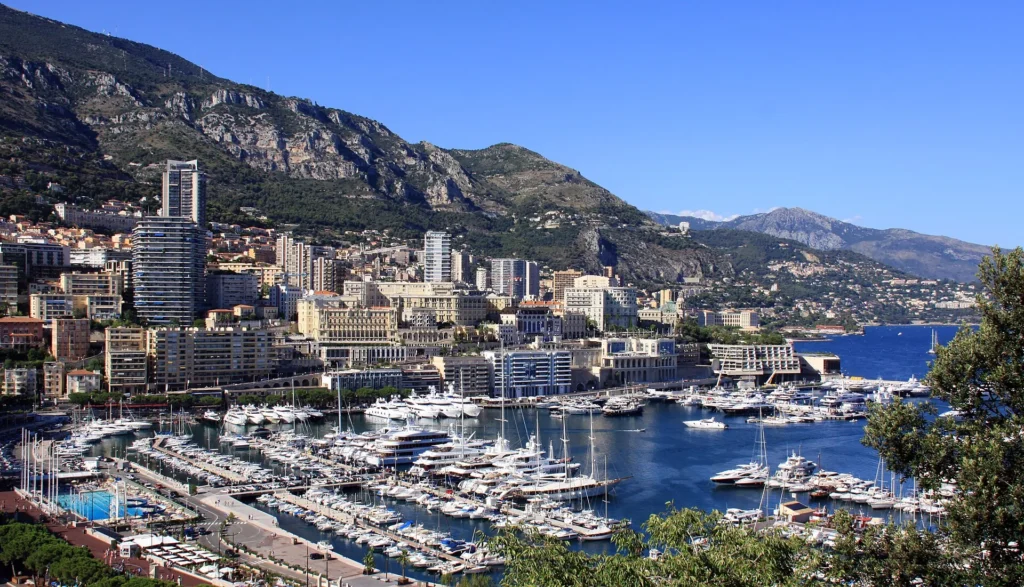
The glamorous principality of Monaco, spanning just 2.02 square kilometres along the French Riviera, represents the epitome of exclusive density.
With approximately 39,000 residents packed into an area smaller than New York’s Central Park, Monaco demonstrates how extreme wealth concentration can create extraordinary population density.
Monaco’s density reflects its status as a tax haven and playground for the ultra-wealthy. The principality’s favourable tax policies have attracted billionaires, celebrities, and business magnates from around the globe, creating intense competition for limited residential space.
The principality’s urban planning maximises every available square meter through vertical development. Luxury high-rises stretch skyward while underground parking and commercial spaces extend deep below ground level.
3. Singapore (Density: 8,177 people per km²)
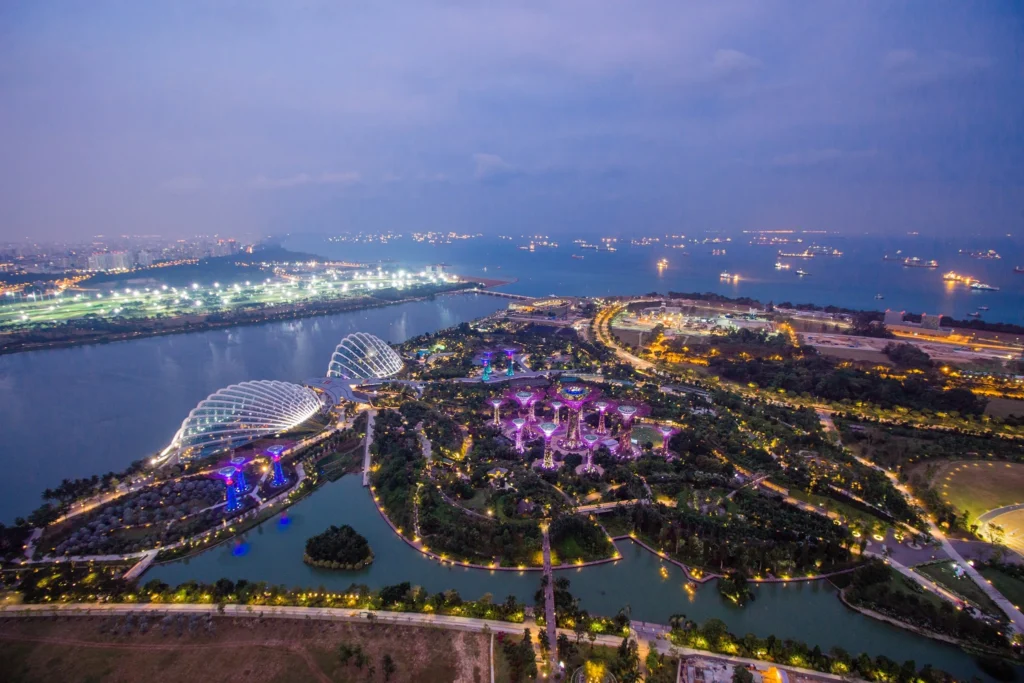
Singapore’s remarkable transformation from a developing nation to a global financial hub has created one of the world’s most successfully managed high-density societies.
The island city-state houses over 5.9 million people within 719 square kilometres, achieving this density through innovative urban planning and strict government control over development.
Singapore’s efficient governance has attracted multinational corporations, creating abundant employment opportunities.
Singapore’s approach to density management includes vertical farming, underground space utilisation, and integrated transportation systems that make high-density living more manageable.
4. Hong Kong (Density: 7,044 people per km²)
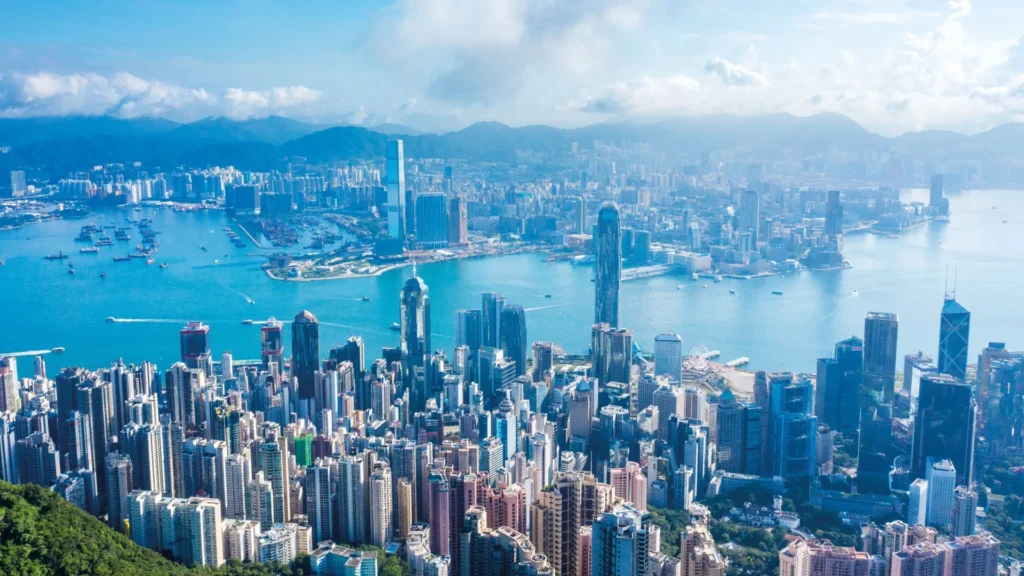
Hong Kong’s density reflects its unique geography and economic history as a major international trading hub.
The Special Administrative Region houses over 7.5 million people within 1,106 square kilometres, though much of this territory consists of mountainous terrain unsuitable for development, making the effective density much higher in habitable areas.
The territory’s population concentration results from its role as a gateway between China and the global economy. Hong Kong’s free-market policies and strategic location have made it a preferred base for international businesses operating in Asia.
Hong Kong’s iconic skyline reflects its density challenges, with numerous residential towers reaching extraordinary heights. The territory has pioneered innovative housing solutions, including subdivided flats and micro-apartments.
5. Gibraltar (Density: 5,901 people per km²)
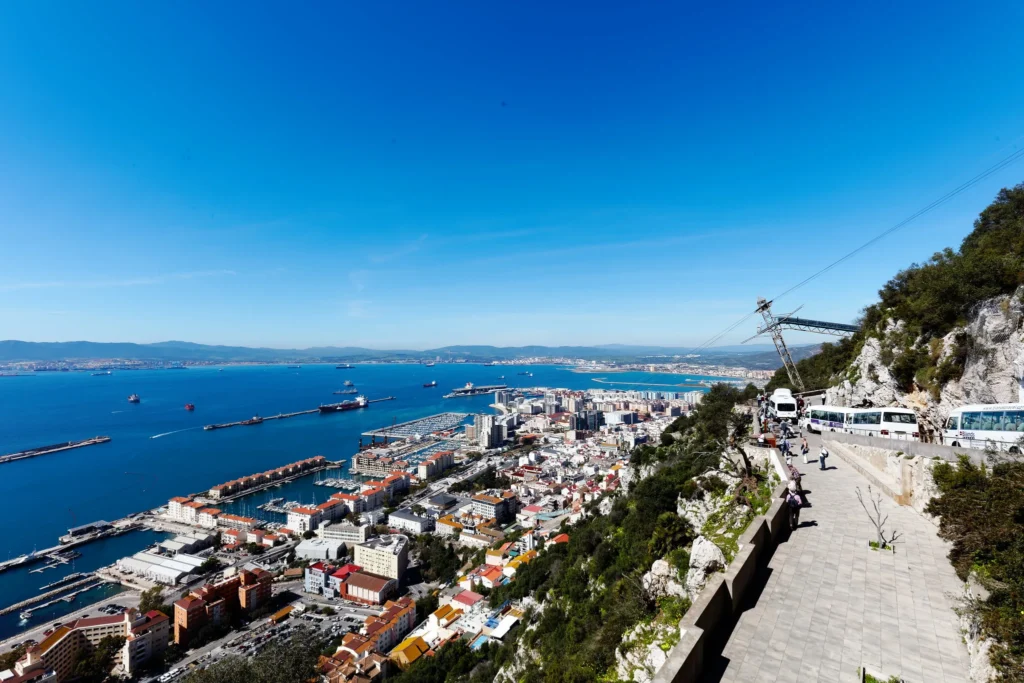
The British Overseas Territory of Gibraltar occupies a unique position both geographically and demographically. Located at the southern tip of the Iberian Peninsula, Gibraltar’s 6.7 square kilometres house approximately 34,000 residents, creating significant density challenges within its narrow confines.
Gibraltar’s population density stems from its strategic military and commercial importance. The territory’s position controlling access to the Mediterranean Sea has made it a crucial military base and shipping hub.
Additionally, Gibraltar’s status as a low-tax jurisdiction has attracted financial services companies and online gaming operators.
Development is constrained to a narrow strip along the western coast, forcing intensive vertical construction.
6. Bahrain (Density: 2,093 people per km²)

The island kingdom of Bahrain in the Persian Gulf has achieved significant population density through its role as a regional financial and commercial centre. With over 1.7 million residents within 760 square kilometres, Bahrain demonstrates how small Gulf states have managed rapid population growth within limited territories.
Bahrain’s density reflects its economic diversification beyond oil production. The kingdom has developed into a major banking and financial services hub for the Gulf region, attracting expatriate workers from South Asia, other Arab countries, and Western nations.
The kingdom’s urban development has concentrated around the capital, Manama, and the industrial areas of the northern coast. Bahrain has undertaken extensive land reclamation projects to create additional space for development, though population growth continues to outpace territorial expansion.
7. Maldives (Density: 1,766 people per km²)
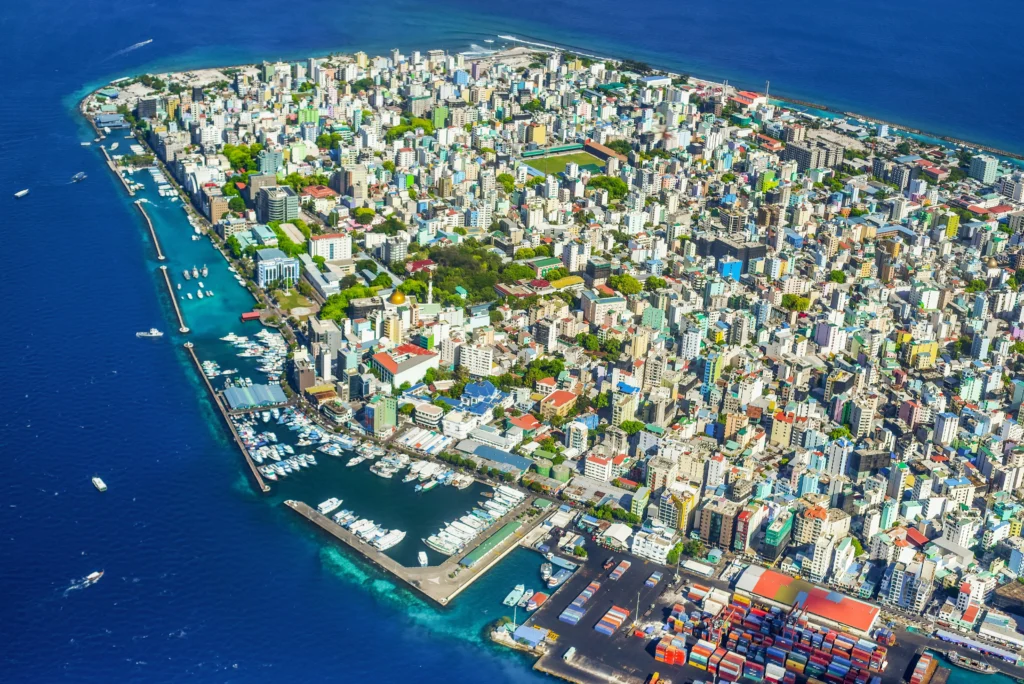
The Maldives presents a unique case of density distribution across 1,192 coral islands scattered across the Indian Ocean.
With approximately 540,000 residents within 298 square kilometres of total land area, the nation achieves high overall density while maintaining very different population distributions across its various atolls.
The Maldives’ density challenges stem from the concentration of population and economic activity in the capital, Malé, and a few other major islands.
Climate change and rising sea levels pose existential threats to this low-lying nation, potentially forcing future population relocations that could dramatically alter density patterns.
The government has initiated programs to distribute population and development more evenly across the archipelago, though geographical and economic constraints limit these efforts.
8. Malta (Density: 1,704 people per km²)
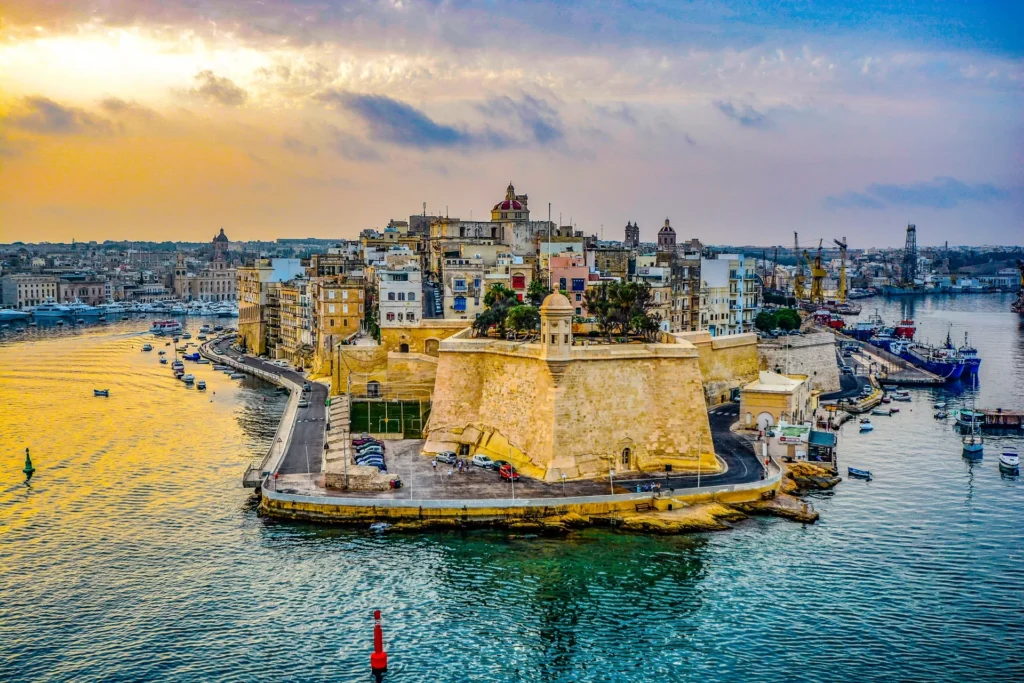
The Mediterranean island nation of Malta has achieved considerable population density through its strategic location and economic development. Housing over 520,000 residents within 316 square kilometres, Malta demonstrates how small European Union member states manage population pressures within limited territories.
The country’s EU membership has attracted businesses seeking European market access, while its favourable tax policies have drawn international companies and wealthy individuals. The tourism industry brings millions of visitors annually, creating seasonal density fluctuations.
The archipelago’s development has concentrated on the main island of Malta, with the capital, Valletta, and surrounding urban areas housing the majority of the population.
9. Bangladesh (Density: 1,350 people per km²)

Bangladesh stands apart from other high-density nations as a large developing country facing severe population pressure. With over 165 million people within 147,570 square kilometres, Bangladesh demonstrates the challenges of managing density in a resource-constrained environment.
The country’s density stems from its fertile delta geography, which has supported dense agricultural populations for centuries.
Bangladesh’s rapid industrialisation, particularly in textile manufacturing, has created urban employment opportunities that draw rural populations to cities like Dhaka and Chittagong.
This urbanisation has created some of the world’s most crowded cities, with informal settlements and slums housing millions of people in extremely dense conditions.
10. Sint Maarten (Density: 1,292 people per km²)

The Dutch constituent country of Sint Maarten occupies the southern portion of the Caribbean island of Saint Martin, achieving notable population density within its 34 square kilometres.
With approximately 44,000 residents, Sint Maarten demonstrates how small Caribbean territories manage population concentration driven by tourism and offshore finance.
Sint Maarten’s density results from its development as a major Caribbean tourist destination and duty-free shopping hub. The territory’s proximity to other Caribbean islands and its status within the Kingdom of the Netherlands have made it attractive to both tourists and business investors.
The territory’s density is complicated by its division with French Saint-Martin, creating unusual cross-border dynamics on a small island.
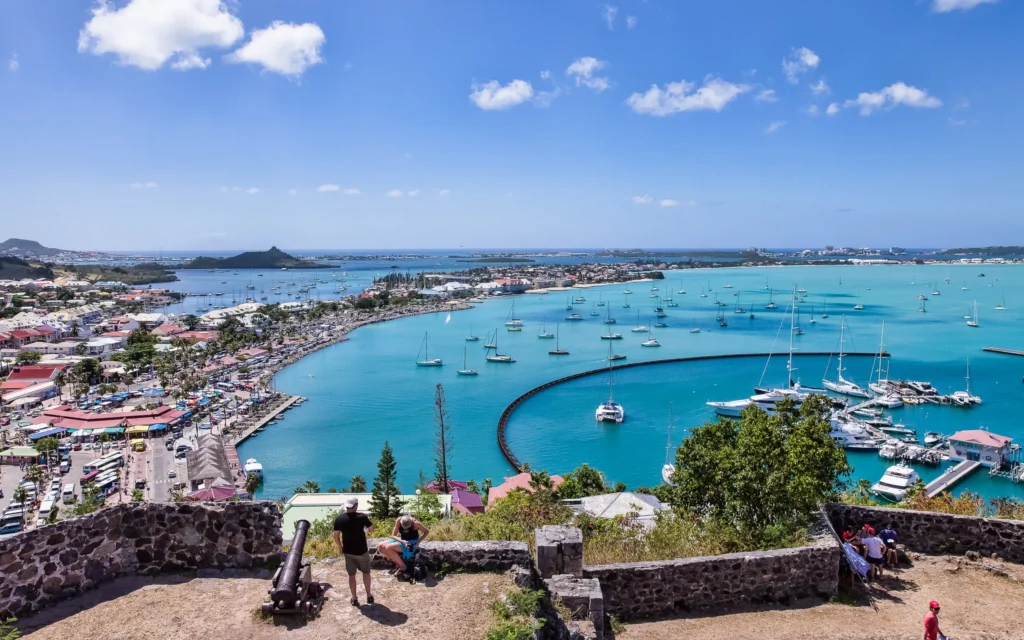
Bottom Line
These 10 most densely populated territories reveal fascinating patterns about how human societies adapt to spatial constraints.
From Monaco’s billionaire playground to Bangladesh’s agricultural delta, these 10 crowded corners of the world prove that sometimes the most interesting stories unfold in the smallest packages, though residents might occasionally wish for a bit more elbow room at the local coffee shop.
Stay tuned with us. Further, follow us on social media for the latest updates.
Join us on Telegram Group for the Latest Aviation Updates. Subsequently, follow us on Google News

